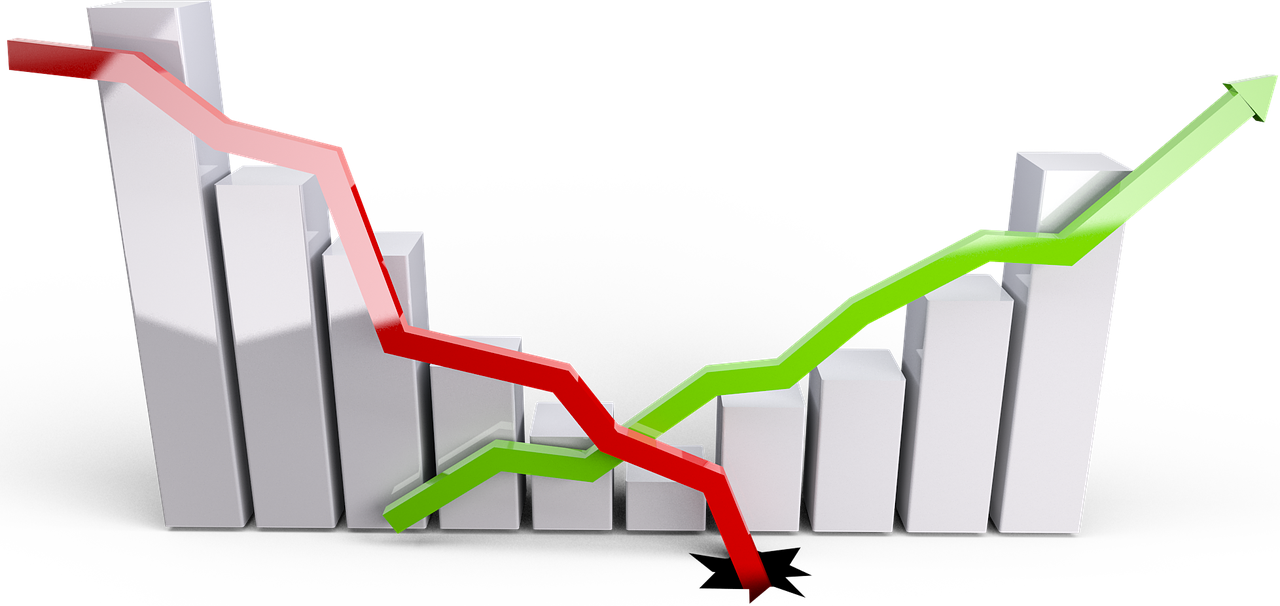Title: EU Banks Expand Risk Scenarios They Face Due to Climate Change
Date: June 21, 2023
In a significant move towards addressing the growing concerns surrounding climate change, European Union (EU) banks have taken proactive steps to expand their risk scenarios. This development comes as financial institutions recognize the urgent need to assess and mitigate the potential impacts of climate-related risks on their operations.
The decision to expand risk scenarios is a response to the increasing frequency and severity of climate-related events, such as extreme weather patterns, rising sea levels, and shifts in agricultural productivity. These events pose significant threats to the stability of the global financial system and the long-term viability of banks.
By incorporating climate change into their risk assessments, EU banks aim to enhance their ability to identify and manage potential vulnerabilities. This proactive approach aligns with the EU’s commitment to sustainable finance and the transition to a low-carbon economy.
To develop these risk scenarios, banks are employing advanced research techniques and collaborating with climate scientists, environmental experts, and other stakeholders. By leveraging climate models and data, they can better understand the potential impacts of climate change on their loan portfolios, investments, and overall financial health.
The expanded risk scenarios encompass a wide range of factors, including physical risks (e.g., damage from extreme weather events), transition risks (e.g., policy changes and market shifts), and liability risks (e.g., legal actions related to climate change). By considering these scenarios, banks can make informed decisions, allocate resources effectively, and develop strategies to mitigate potential losses.
This move by EU banks also reflects a growing recognition of the importance of transparency and disclosure in the financial sector. Investors and regulators are increasingly demanding greater clarity on the climate-related risks faced by banks. By expanding risk scenarios, banks can provide more comprehensive information to stakeholders, enabling them to make informed decisions and assess the resilience of financial institutions.
While the expansion of risk scenarios is a positive step, challenges remain. The complexity of climate change and the uncertainties associated with its impacts make accurate risk assessment a formidable task. However, EU banks are committed to refining their methodologies and collaborating with experts to improve the accuracy and reliability of their risk assessments.
As the effects of climate change continue to unfold, the expansion of risk scenarios by EU banks serves as a testament to the financial sector’s recognition of the need to address climate-related risks. By taking proactive measures, banks are not only safeguarding their own stability but also contributing to the broader goal of building a resilient and sustainable global economy.
Sources:
– European Banking Authority (EBA) report on climate-related risk scenarios: [insert link]
– European Central Bank (ECB) guidelines on climate-related risk management: [insert link]
– European Commission’s Sustainable Finance Strategy: [insert link]











